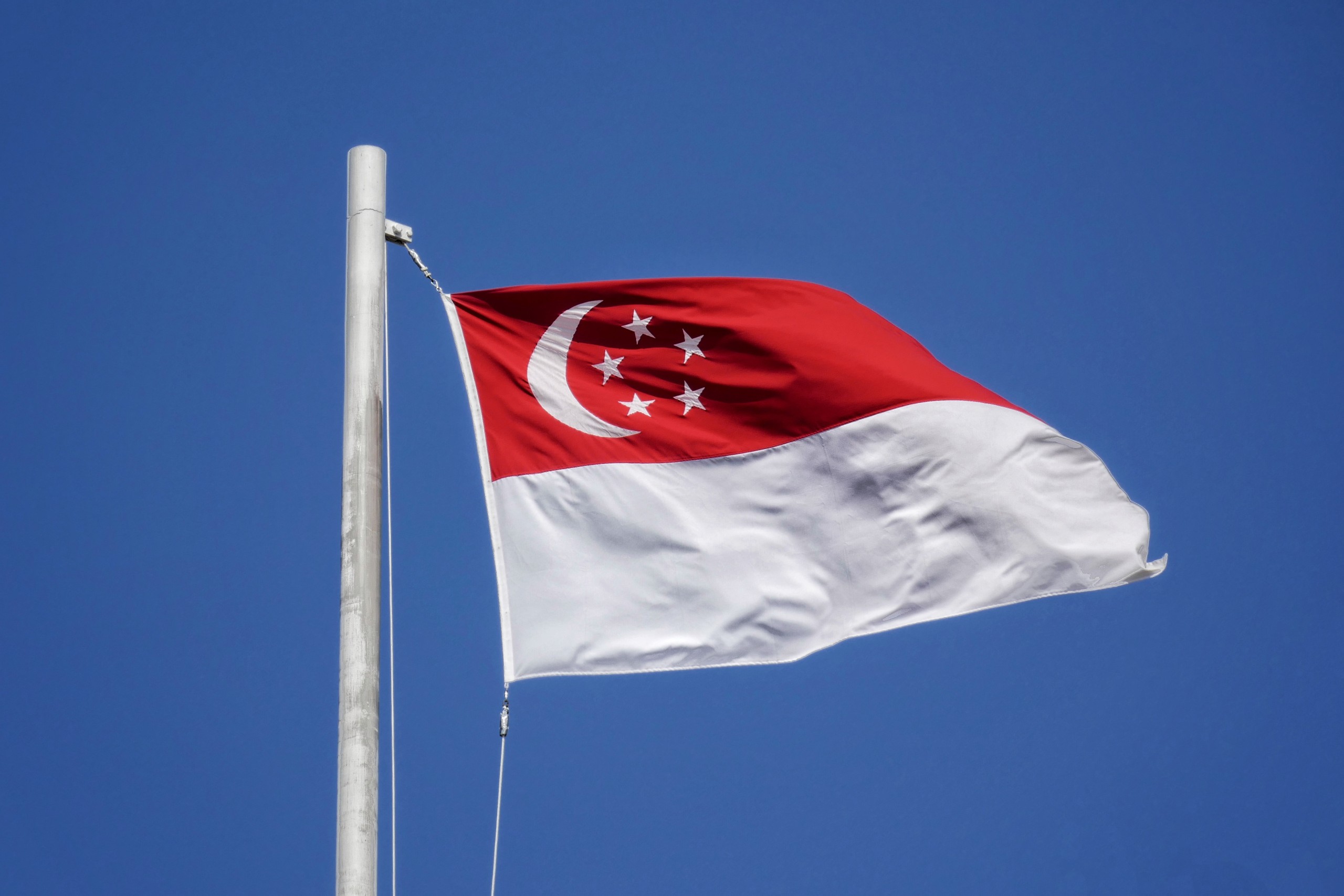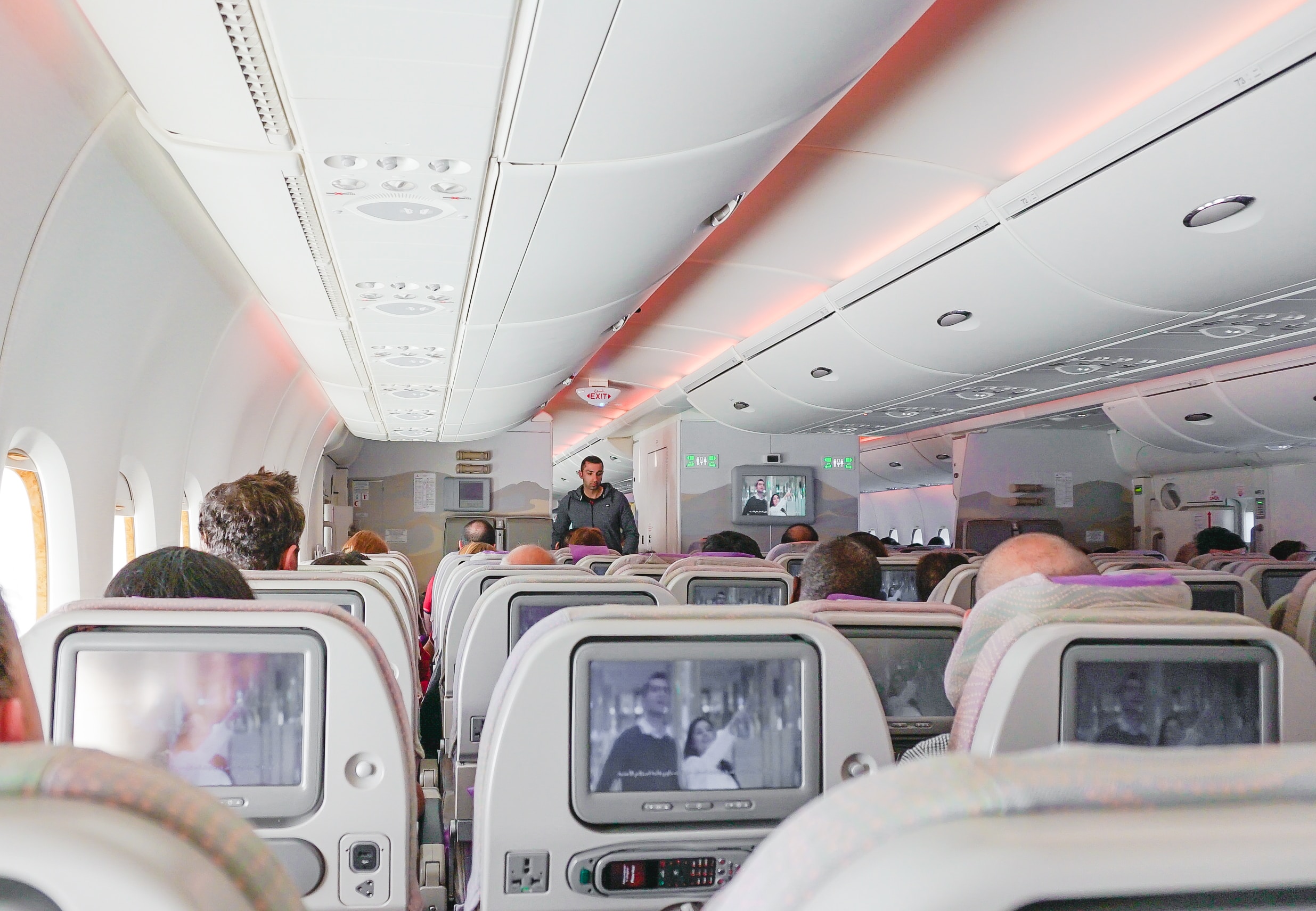
Chewing gum is not just yummy but also helpful for travelers. A study from the American Dental Association found that gum makes your mouth produce spit, which can help your ears feel better when flying. Additionally, it can also provide a breath-freshening effect and help alleviate stress.
But, before you stash gum in your bag for your upcoming trip, it’s crucial to be aware of the regulations regarding bringing gum on an airplane. So, without any more delay, let’s uncover these rules!
Can You Bring Gum On a Plane?
In accordance with TSA regulations, gum is permissible on aircraft without any quantity restrictions. However, airport security can question you if you have multiple packs of gum and it seems like you intend to sell them. You can conveniently carry gum in your personal bag such as a purse or backpack, in your carry-on baggage, or even in your pocket.
Note: If you have gum in your pocket, it could be more convenient to transfer it to your bag before reaching the security checkpoint. Alternatively, you can place it in a separate tray along with your watch and cellphone.
Not only the TSA but also many international flights permit passengers to bring gum on board. The International Civil Aviation Organization (ICAO) is a specialized association of the United Nations (responsible for establishing international air travel regulations) that does not impose restrictions on carrying chewing gum during international flights.
Nonetheless, it’s essential to consistently verify the regulations of the airline you’re traveling with. Typically, the airline will provide a list of prohibited items once you’ve booked your flight.
What About Nicotine and Flavoured Gum?
The TSA permits travelers to transport chewing gum irrespective of its varieties. Whether it’s sugarless, natural, oral, raspberry, plum, spearmint, and so forth, you can securely bring them aboard an aircraft in your carry-on and examined baggage.
You may also think about offering flavored gum to fellow passengers while on the flight, in case they forgot to bring their own or didn’t think about it. Flavored gum provides a delightful choice if you’re craving something sweet but prefer not to eat.

Mint-infused gum can be a great way to alleviate nausea and keep your breath fresh while flying, especially during extended flights when you may take a nap.
Conversely, the TSA places no limitations on smokeless nicotine items such as lozenges and gum. Travelers are permitted to have nicotine gum in their handbags, carry-on luggage, and checked bags.
You can even chew nicotine gum on the plane. It’s helpful for heavy smokers trying to avoid cigarettes or vaping during the flight. Some stores sell nicotine gum after security checks before boarding.
Related: Learn If You Can Bring Scissors on Planes
Are There Any Restrictions on Liquid Gum on a Plane?
Liquid gum encompasses chewing gum varieties containing a liquid core that releases flavors or substances during chewing, such as energy gum, nicotine gum, or bubble gum. In the context of air travel, liquid gum is categorized as a liquid and is subject to the same hand luggage restrictions as other liquid items.
When carrying liquid-form candy or gum items like squeezable candy tubes (e.g., Hubba Bubba Squeeze Pop), spray candy or liquid candy tubes, it’s important to adhere to the TSA 3-1-1 liquids rule. This rule mandates that all liquids and gels in your carry-on must be contained in 3.4-ounce (100 ml) containers or smaller and these containers must fit into a single quart-sized plastic bag.
In Which Nations Chewing Gum are Prohibited?
While certain airlines might offer free gum to their passengers, others may forbid or discourage the consumption of gum while onboard.
For example, in 1992, Singapore implemented a ban on the import and sale of chewing gum. This decision was made to address the issue of littered streets and to combat a series of incidents in which chewing gum had been affixed to the door sensors of MRT (subway) carriages, leading to delays and financial challenges for the government.

In 2004, following the enactment of the United States-Singapore Free Trade Agreement, Singapore permitted the sale of medicinal gum which includes sugar-free/dental gum and nicotine gum. However, it will apply only if prescribed by a dentist or doctor. Singapore isn’t the sole nation with limitations on chewing gum.
While gum is not prohibited in Japan, it is considered extremely impolite to chew gum when in the company of an older person or someone of higher rank. So, keep in mind this etiquette if you plan to visit Japan.
Suggested Reading: How many people can travel in 1 Aeroplane? [Latest Seats Analyzed]
What’s the Purpose of Chewing Gum While Flying?
Chewing gum during a flight serves a purpose beyond simply avoiding bad breath. Some believe that chewing gum while in the air can assist in equalizing pressure in the ears. If you’re a scuba diver, the concept of ”equalizing” may sound familiar to you.
When we ascend and descend during a flight, the atmospheric pressure undergoes shifts. These alterations have an impact on our ears and sinuses. So, it becomes necessary for us to engage in a process called “equalizing” to harmonize the air pressure within our ears. The act of chewing, or mastication initiates the opening of the Eustachian tubes which helps in alleviating discomfort and preventing barotrauma.
Editor’s Pick: How to Unclog Ears After Flying With a Cold? [New Methods 2023]
Should You Bring Gum On a Plane?

The decision to bring chewing gum while flying or not is contingent on individual preferences and the intended purpose. Some people may chew gum during flights for reasons such as promoting oral hygiene, alleviating stress, or boosting focus. Gum chewing contributes to preventing dental decay, refreshing breath, and stimulating saliva production which mitigates the risk of dry mouth and throat.
Moreover, it has the potential to reduce cortisol levels linked to stress and anxiety while enhancing alertness and cognitive abilities. Nevertheless, there are downsides and potential risks associated with chewing gum during air travel, including:
- Risk of choking: Chewing gum can be a choking hazard if it gets stuck in the throat or blocks the airway. This risk is especially dangerous if you fall asleep while chewing gum or have a medical condition that affects your ability to swallow.
- You Can’t Throw it in a Plane: It is rude and disrespectful to throw chewing gum around in any confined environment, including a plane. Imagine you are chewing the gum and you want to spit it out, you really can’t do that unless you have a small tissue around you.
Before packing gum for your trip, it’s essential to consult your travel authorities and airline to ensure compliance with their regulations. Additionally, it’s important to be considerate of both your fellow passengers and the flight crew by disposing of your gum responsibly and refraining from littering.
Read Next: How to Add TSA Precheck to American Airlines? [Guide]
Conclusion
Bringing gum on a plane is generally allowed by TSA regulations, and it can serve multiple purposes for travelers, from alleviating ear discomfort to freshening breath and reducing stress. Various types of gum, including flavored and nicotine gum, are permitted in both carry-on and checked luggage. However, travelers should be aware of liquid gum restrictions and adhere to the 3-1-1 liquids rule for such products. Additionally, it’s crucial to respect the regulations and etiquette of the airline and destination country. While gum can offer benefits during air travel, travelers should also be mindful of potential risks, such as choking hazards and proper disposal, to ensure a pleasant journey for everyone.
Can you bring gum on a plane? - FAQs
YES, Chewing gum during a flight is allowed by all airlines.
Yes, you can bring flavored or nicotine gum on international flights in your carry-on or checked baggage. The International Civil Aviation Organization (ICAO) does not impose restrictions on carrying chewing gum during international flights.
Chewing gum during a flight can serve multiple purposes, including helping to equalize pressure in the ears as the plane ascends and descends. It can also freshen your breath, promote oral hygiene, and alleviate stress. Additionally, flavored gum can provide a pleasant alternative for those seeking something sweet without eating.






